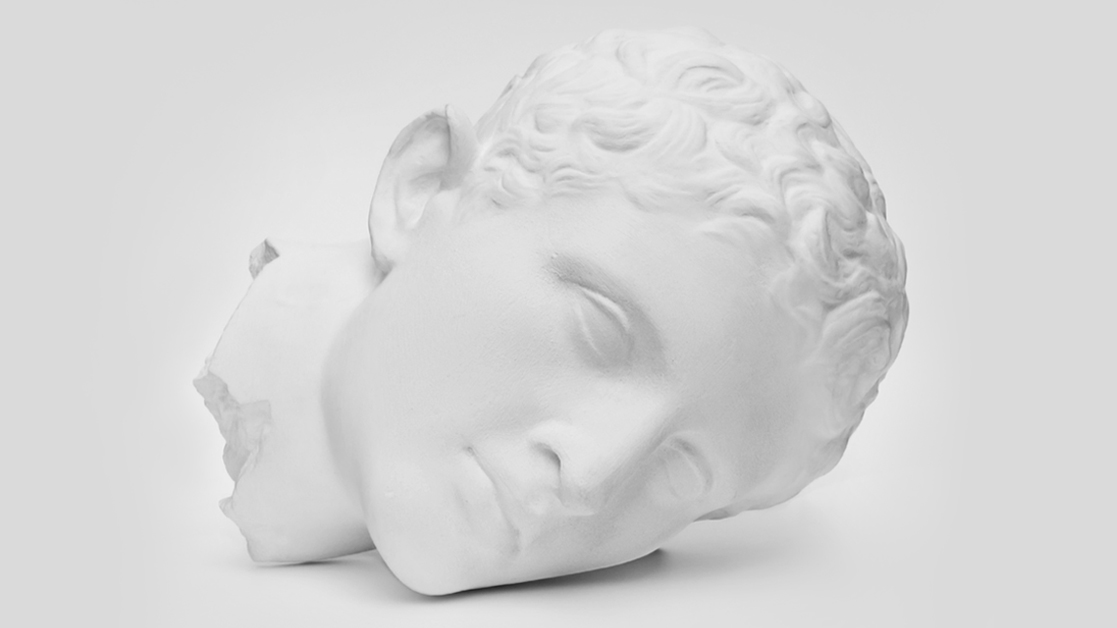The twenty seconds of security camera footage is over-exposed and a little indistinct but it tells you everything you need to know about the threat posed by art vandalism. A man wearing a hat and dark glasses opens the door of Opera, a Colorado art gallery, in 2018. He doesn’t let go of the door until he has placed an object on the floor that will prevent it closing fully behind him. Unchallenged, he walks purposefully towards the camera, reaching into his pocket.
Now the footage switches to a second camera showing the man standing a few feet in front of a large painting by American artist Christopher Wool. It’s estimated to be worth $2.95m. The man approaches the painting and makes two passes across its face with a razor blade before staff have time to react.
Thankfully, deliberate vandalism of works of art remains an uncommon occurrence. But even so, type the words ‘art vandal security footage’ into the search bar on YouTube and you’ll be able to see several examples. If asked, most fine art underwriters could rattle off a list of high profile works that have been damaged over recent years.
For example, in 2012 Claude Monet’s Argenteuil Basin with A Single Sailboat was punched by a man while on display at the National Gallery of Ireland. The man created a substantial rip in the painting, which was repaired by piecing together and reattaching hundreds of microscopic fragments of paint. That same year, Mark Rothko’s Black on Maroon was daubed with paint at the Tate Modern. More recently, a Banksy mural that appeared on Valentine’s Day 2020 on a house in Bristol was graffitied with pink paint within a matter of days of its discovery.
Art vandalism is to fine art underwriters what ‘lone wolves’ are to the security forces – undetectable, unpredictable, often unpreventable. If a vandal decides to inflict damage on a work of art, there’s probably no way of stopping them, unless the work is shielded by a security screen, which rather defeats the object of an exhibition, which is to bring the public as close as possible to these items.
Sadly, art vandalism is not set to wane. Social media and the rise of single-cause campaign groups have contributed to a rise in the overall political temperature. This makes political and socially motivated attacks on artworks even more of a concern.
Of course, not all damage inflicted on art is deliberate. A visitor’s stray elbow or an unsteady hand can be just as deadly. This was demonstrated very effectively in November 2016 when a visitor to Lisbon’s National Museum of Ancient Art knocked over and destroyed an 18th century statue depicting St. Michael. It was reported that the individual was attempting to take a selfie with the sculpture.
So, balance is the key. On the one hand, giving the public the access it desires; on the other, ensuring that exhibitors are satisfied with the level of security and the underwriter is comfortable with the risk.
Physical precautions are one route to mitigating the potential for damage. Insisting on bag checks may be a sensible option. Sharp objects capable of inflicting damage or containers of harmful liquids can be detected before they get anywhere within range of the target. But gallery bag checks can be a rather lacklustre affair, so should not be depended upon.
An underwriter can obviously adjust the premium rate to reflect the risk posed by the work of art. For example, a controversial work may attract a higher premium, higher deductibles and a range of warranties. Extra security could be required; the painting may need to be shown behind plexiglass security glazing or visitors may be held back some distance from the work by the use of cordons or railings.
Should the worst-case scenario come to pass resulting in an artwork being vandalised, the first step is for the gallery or museum to inform their broker. That broker, usually a fine art specialist, would then immediately inform us. It’s worth remembering that, at this stage, news of the damage could be breaking in the media.
Footage of the incident could even be circulating on social media. All of this could impact negatively on the gallery’s reputation.
Our claims department would instruct a specialist in art claims to assess the damage and notify underwriters and the client of their conclusions. The possibility exists that the artwork could be damaged beyond repair, but thankfully this is a rare occurrence. What’s more likely is that the expert will advise on the most appropriate approach to restoration, along with any subsequent loss of value.
That loss of value can be sustantial. Sticking an elbow through an old master or piercing a ballpoint pen through a contemporary canvas could cost millions. If the artist is alive, they may well wish to get involved in the repair of the work. This is generally something we encourage as it may reduce the loss in value caused by the damage and restoration process.
Like so much in life, it’s all about trying to achieve a balance between competing demands. I can’t think of a single instance of the London insurance market failing to offer cover for a major work of art. We can’t rule out the possibility of an individual walking into a gallery intent on damaging a work of art as people will always be unpredictable. But we can reduce the chances of it occurring and provide the most sophisticated restoration options possible. This is the strength of Liberty’s and the London market’s offering. Finding solutions is at the heart of what we do.


